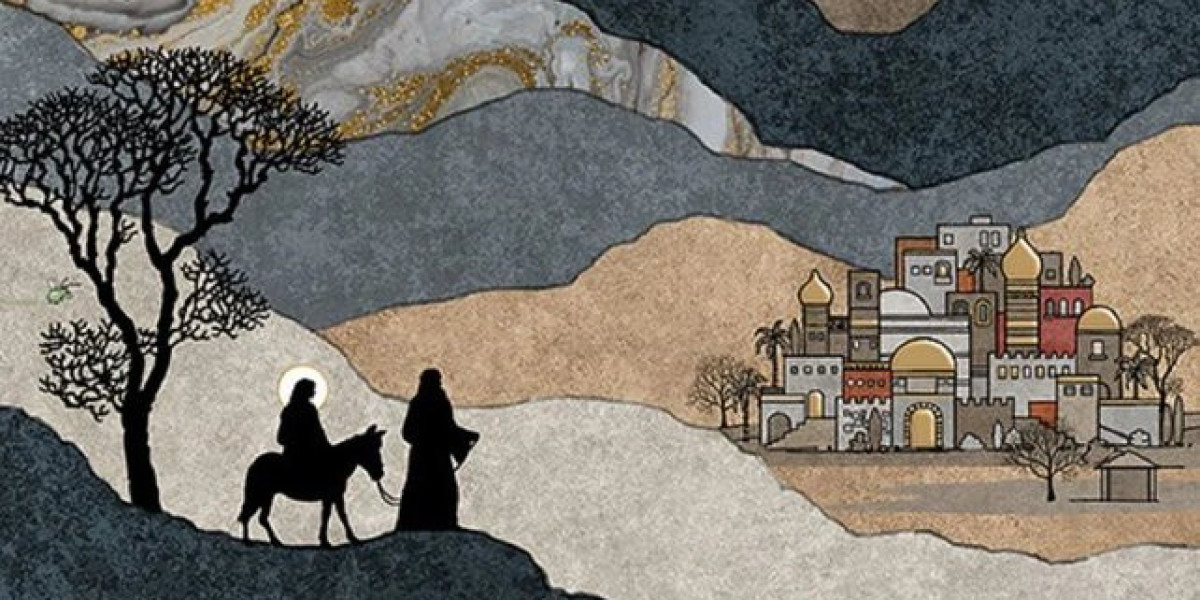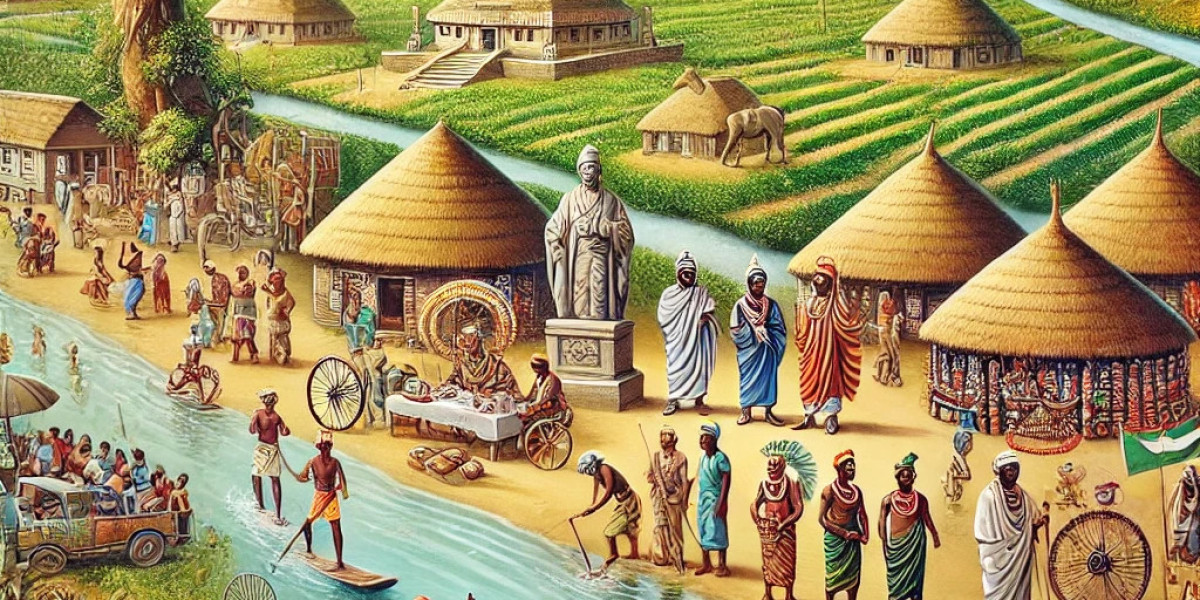The 12 Days of Christmas is a tradition deeply rooted in Christian history, liturgical observances, and cultural practices. While many people today think of Christmas as a single day, the celebration originally extended over 12 days, beginning on December 25th and ending on January 5th. This period, known as Christmastide, has rich religious and cultural significance, which continues to be observed in various ways around the world.
Origins of the 12 Days of Christmas
The 12 Days of Christmas originated in Christian theology, reflecting the time between Jesus’ birth and the arrival of the Magi (Three Wise Men), who honored Him with gifts. This event, celebrated as Epiphany on January 6th, marks the revelation of Christ to the Gentiles and is one of the oldest Christian feasts.
December 25th - Christmas Day: Celebrates the Nativity of Christ.
December 26th - St. Stephen's Day: Honors the first Christian martyr, St. Stephen.
December 27th - Feast of St. John the Evangelist: Recognizes the Apostle John, the author of the Gospel of John.
December 28th - Feast of the Holy Innocents: Commemorates the infants killed by King Herod.
December 29th - Feast of St. Thomas Becket: Remembers the Archbishop of Canterbury, who was martyred.
December 30th - Feast of the Holy Family: Focuses on Jesus, Mary, and Joseph as a model for all families.
December 31st - St. Sylvester’s Day: Honors Pope Sylvester I and reflects on the passing year.
January 1st - Feast of the Circumcision of Christ (or Mary, Mother of God): Marks Jesus’ circumcision and celebrates Mary’s role in salvation.
January 2nd - Feast of St. Basil the Great and St. Gregory Nazianzen: Honors these two early Christian theologians.
January 3rd - Feast of the Holy Name of Jesus: Focuses on reverence for the name of Jesus.
January 4th - Feast of St. Elizabeth Ann Seton (in some traditions): Celebrates the first American-born saint.
January 5th - Twelfth Night (Epiphany Eve): The eve of Epiphany, preparing for the arrival of the Magi.
Religious Significance
Connection to the Bible
The 12 Days represent important events following the birth of Jesus, particularly emphasizing His manifestation to humanity. The celebrations help Christians reflect on the theological meaning of the Incarnation—God becoming flesh—and the fulfillment of Old Testament prophecies.
Epiphany as the Culmination
Epiphany, celebrated on January 6th, marks the climax of the 12 Days. It recognizes the visit of the Magi, symbolizing the inclusion of Gentiles in God’s plan of salvation. It also emphasizes themes of light, revelation, and spiritual awakening.
The 12 Days of Christmas Song
The popular carol, “The 12 Days of Christmas”, first published in 1780, is often associated with this tradition. Although many interpret it as a secular song, some believe it has hidden Christian meanings. For example:
- Partridge in a Pear Tree – Represents Jesus Christ.
- Two Turtle Doves – Symbolizes the Old and New Testaments.
- Three French Hens – Represents Faith, Hope, and Love.
- Four Calling Birds – Symbolizes the Four Gospels.
- Five Golden Rings – Represents the first five books of the Old Testament (Pentateuch).
While its origins are debated, the song reflects the festive spirit of the season and serves as a reminder of its Christian roots.
Cultural and Regional Celebrations
European Traditions
England: Twelfth Night celebrations include plays, feasting, and the King’s Cake tradition.
Spain and Latin America: Epiphany is known as Three Kings’ Day, where children receive gifts, mirroring the gifts brought to Jesus.
Eastern Orthodox Church: The 12 Days are observed based on the Julian calendar, with Christmas celebrated on January 7th.
Modern Observances
In modern times, the emphasis on the commercial Christmas season has overshadowed the 12 Days. Many people now associate Christmas with December 25th only, ending celebrations almost immediately after. However, some churches and Christian communities continue to observe the full Christmastide, using it as a time for prayer, reflection, and charity.
Symbolism and Reflection
The 12 Days of Christmas are more than just a countdown to Epiphany; they symbolize:
- Renewal: Reflecting on Christ’s role as Savior.
- Unity: Celebrating faith and togetherness.
- Joy: Extending the happiness of Christmas Day throughout the season.
- Giving: Emphasizing acts of kindness, generosity, and gratitude.
Why Does It Matter Today?
In a fast-paced world where Christmas decorations often disappear by December 26th, rediscovering the 12 Days of Christmas offers an opportunity to:
Deepen Spiritual Awareness: Focus on the birth and mission of Christ.
Preserve Tradition: Honor historical practices that emphasize reflection and gratitude.
Extend Festive Joy: Celebrate with family and community beyond December 25th.
Encourage Giving: Continue charitable actions during the holiday season.
Conclusion
The 12 Days of Christmas is a tradition steeped in history, faith, and celebration. While modern culture often compresses the holiday into a single day, the original 12-day observance offers a richer, more reflective approach to honoring the birth of Jesus and preparing for the New Year. Whether observed through religious rituals, feasting, or family gatherings, the 12 Days remain a testament to enduring faith, joy, and generosity.










